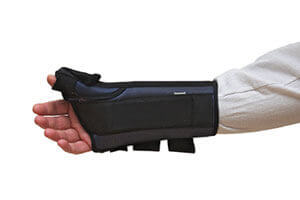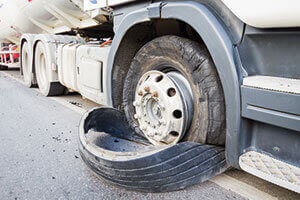
Repetitive Motion Injuries in Construction: An Unfortunate Reality
The construction industry is a very hazardous industry, with workers being injured and killed every single year in the United States. In fact, it is so serious that the Occupational Safety and Health Administration reports that 3.8 out of every 100 workers will become injured within their career. When you think of construction-related injuries, what do you think of? Injuries caused by falls, equipment accidents, vehicles, and more? Today we want to bring attention to the reality of repetitive motion injuries in the construction workplace and just how serious they really are.
Repetitive Motion Injuries at Work
Repetitive motion injuries are those that develop over weeks due to repetitive motion in the workplace, sprains, strains, and more. They can result from overexertion, which is very common in the construction workplace, heat stress, frostbite, and more. Some repetitive motion injuries are more common than others. These include bursitis, tendonitis, and carpal tunnel syndrome. Of course, each of these injuries can be extremely painful, causing a daily strain on your lifestyle and preventing you from returning to work on some occasions. These conditions could cause a worker to not be able to perform their job as well, which could leave to financial strain.
Preventing These Injuries in the Construction Workplace
In some cases, employers have implemented physical ability testing programs to show where their workers are at in a demanding industry like the construction workplace. A well-designed program will show who is capable of meeting certain standards of the job and what is not right for them. This will help employers understand if they are fit for the duty and how they can strengthen themselves for the job at hand.
There are many physical challenges in construction, such as lifting, carrying, pushing, and pulling – which leads to repetitive motion. This includes the heaviest tools for the job like concrete, timbers, lumber, steel beams, and more. They also have to assume awkward positions for extended periods of time, putting them at risk. This means that these workers are held to high standards in the workplace, which means that employers have to be careful with how much strain they put on their workers. This includes giving them the proper safety equipment on the job and training them for use.
Not every worker injury will be prevented, but employers can work together with employees to prevent them as often as possible. Because repetitive motion injuries are usually not at the forefront of construction-related injuries, they may be forgotten in some cases. Call us today if you have questions about your personal case.


















